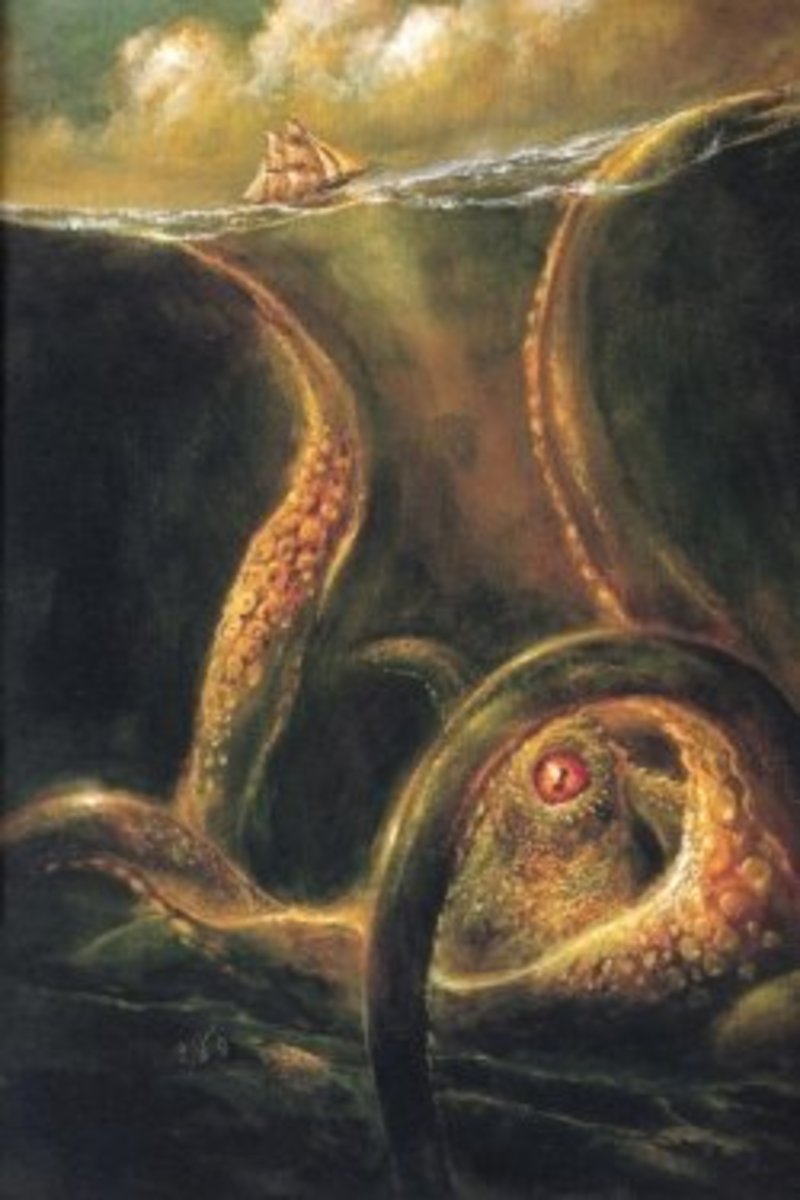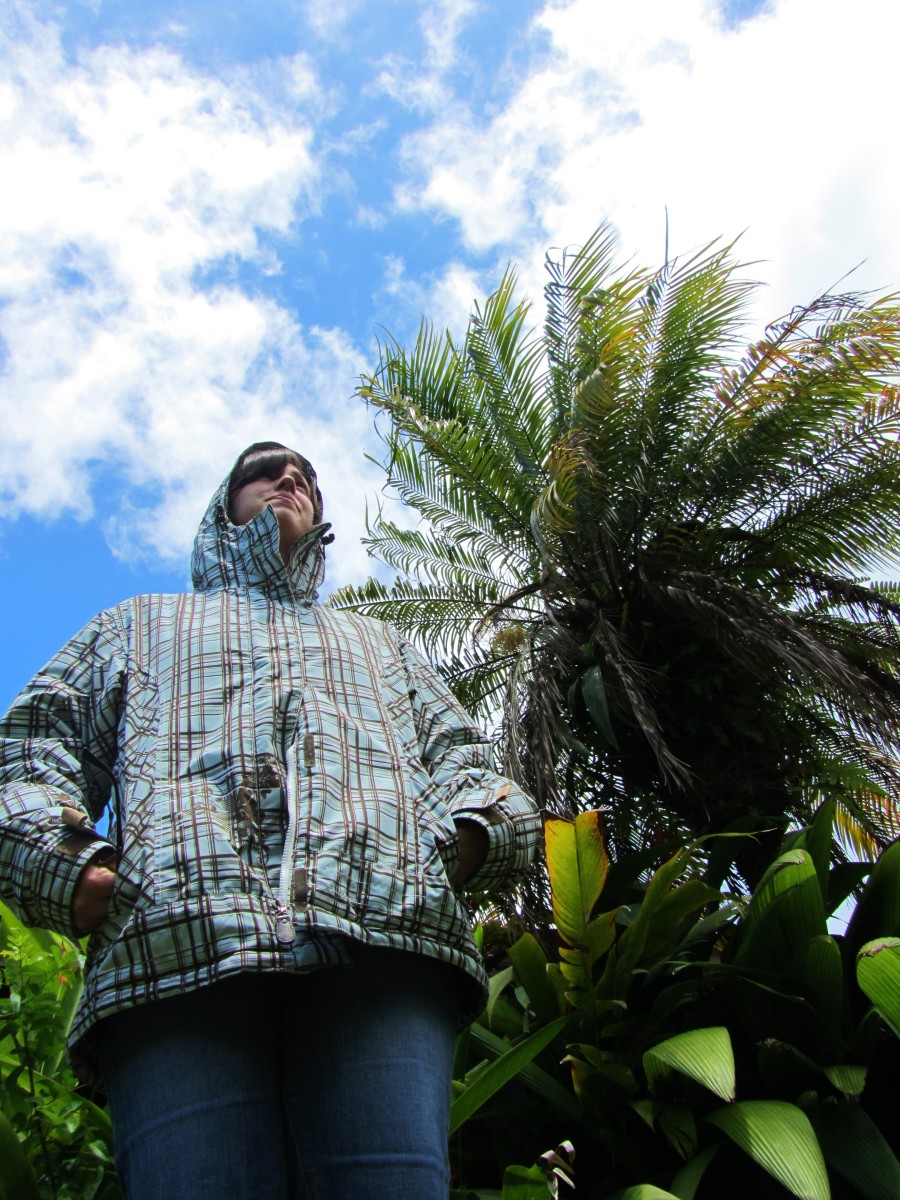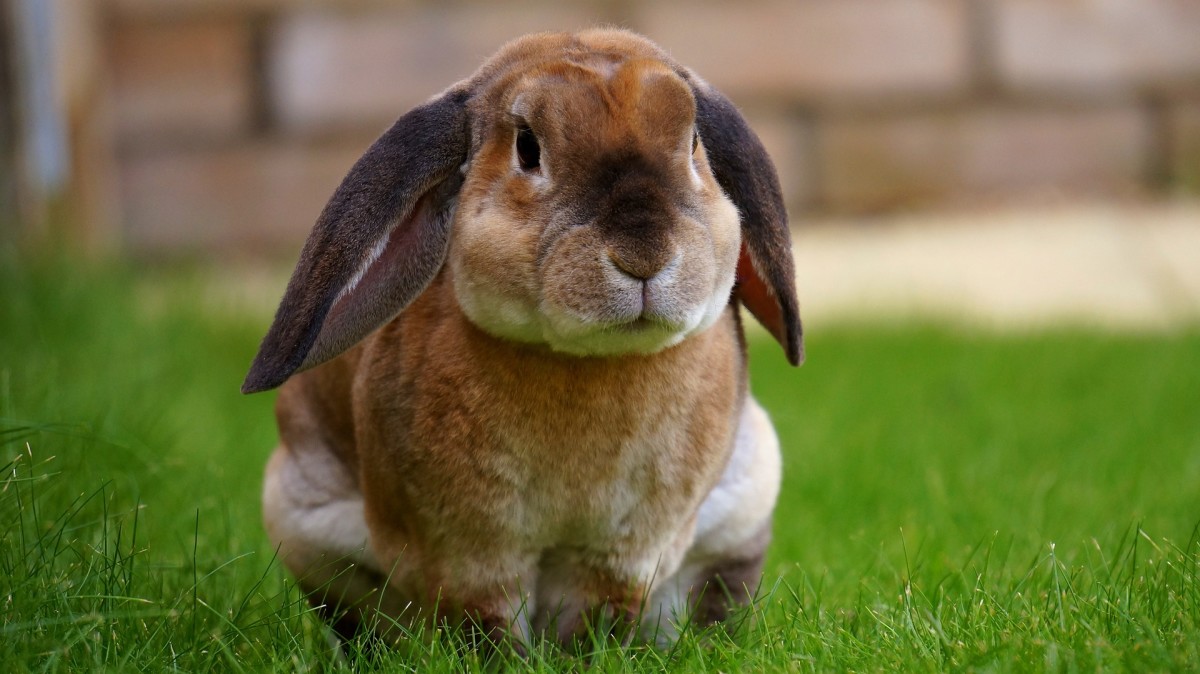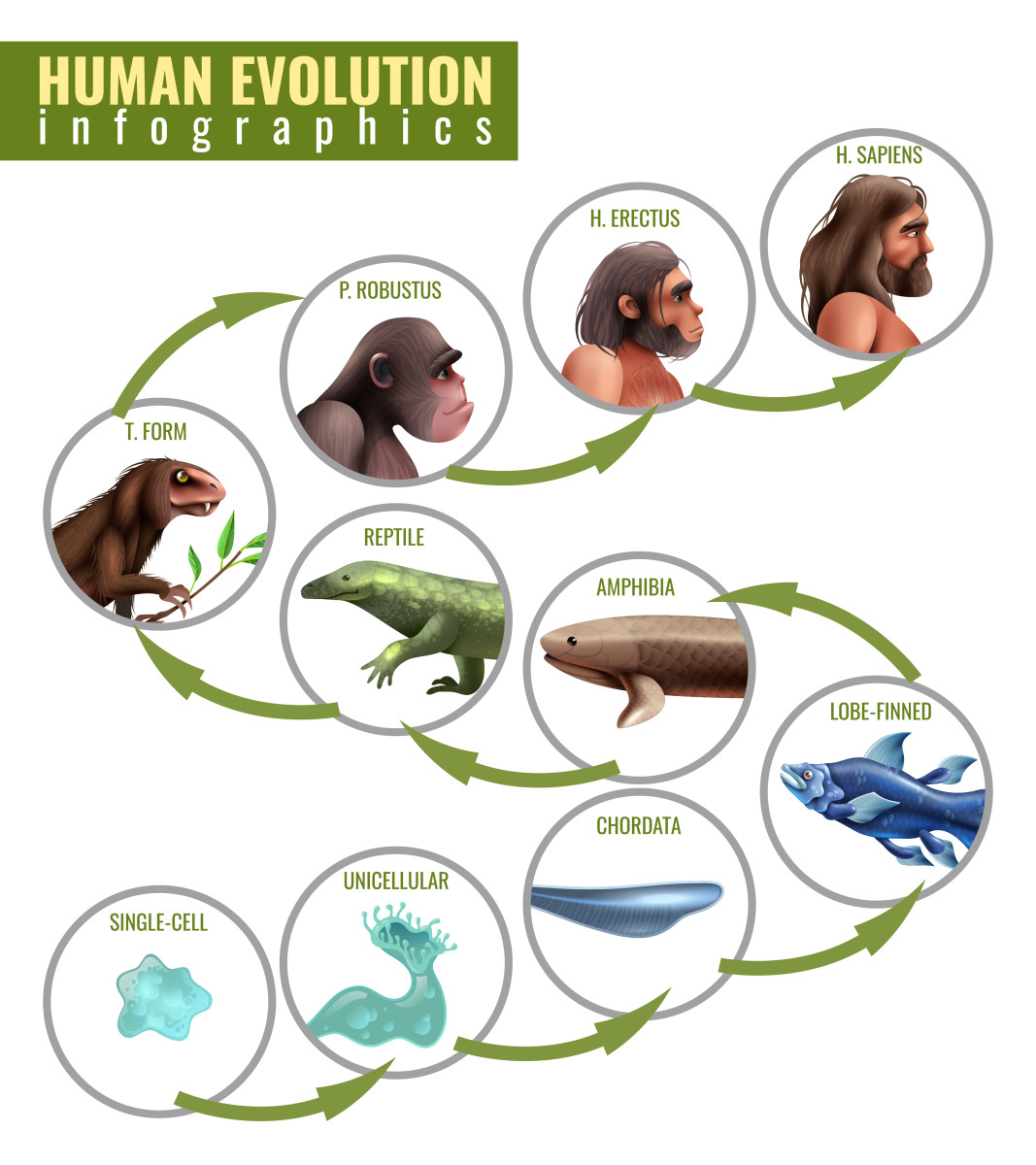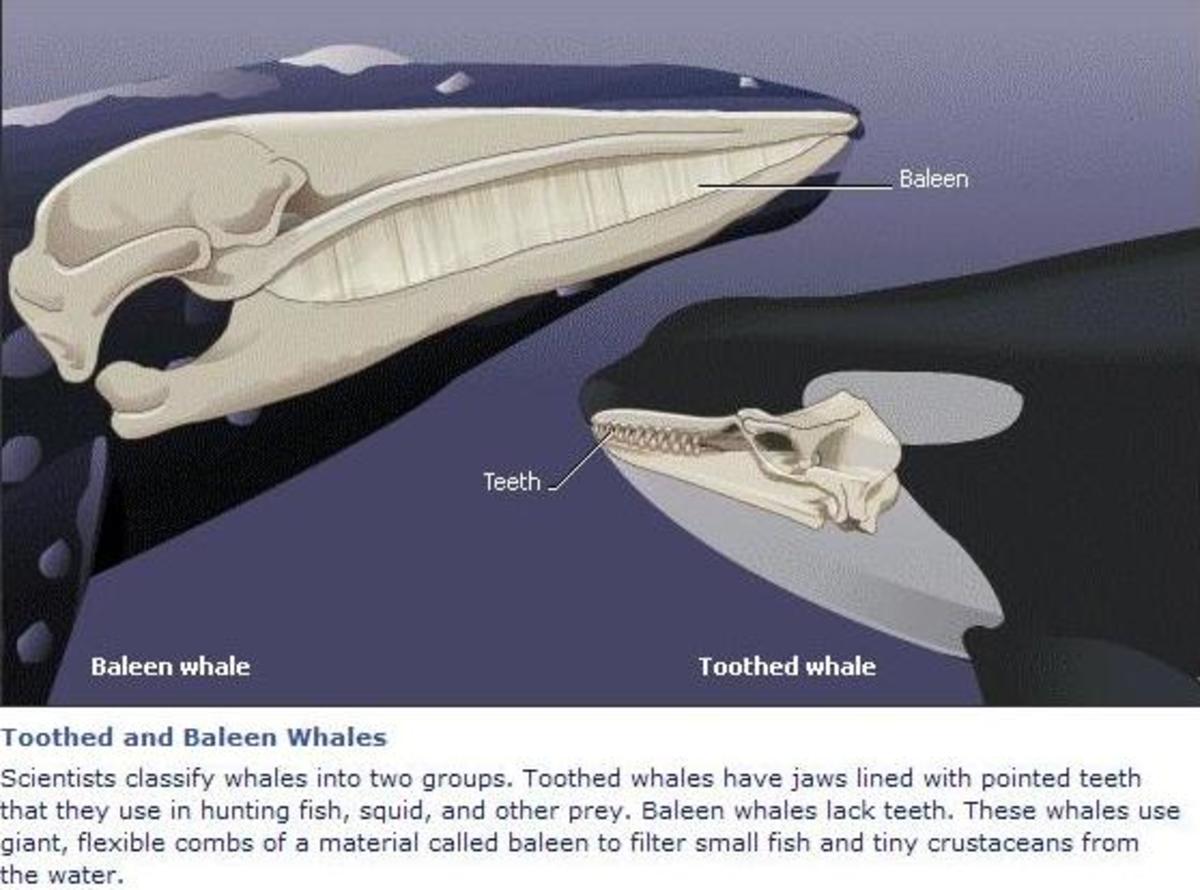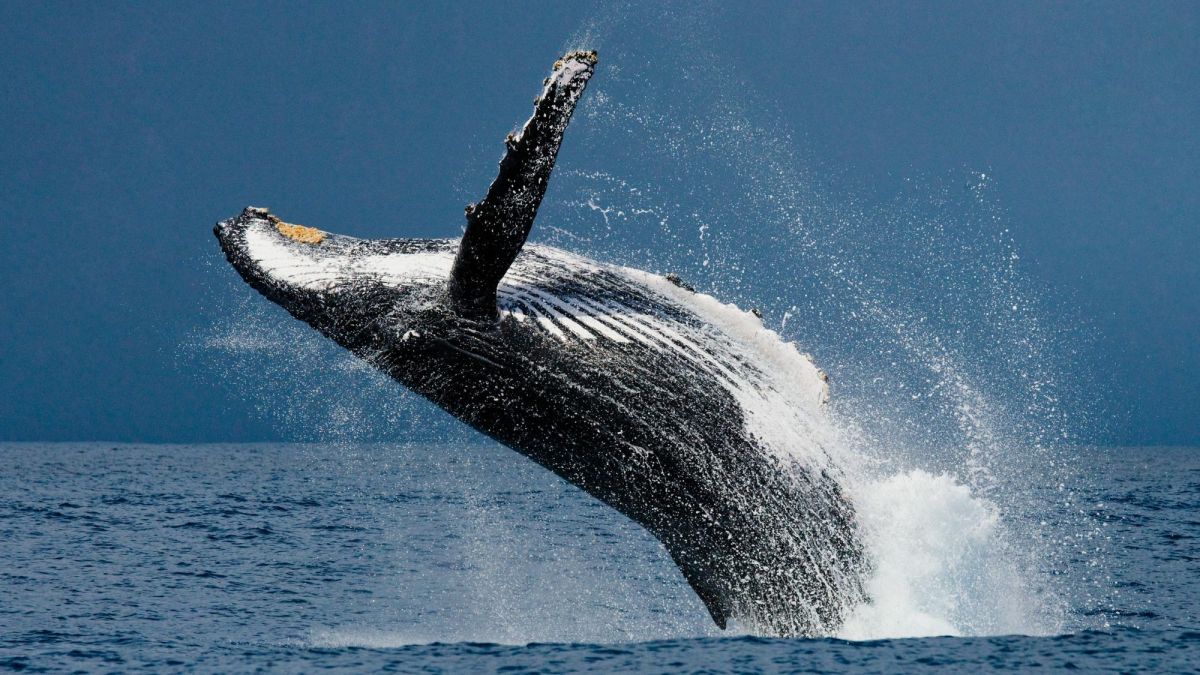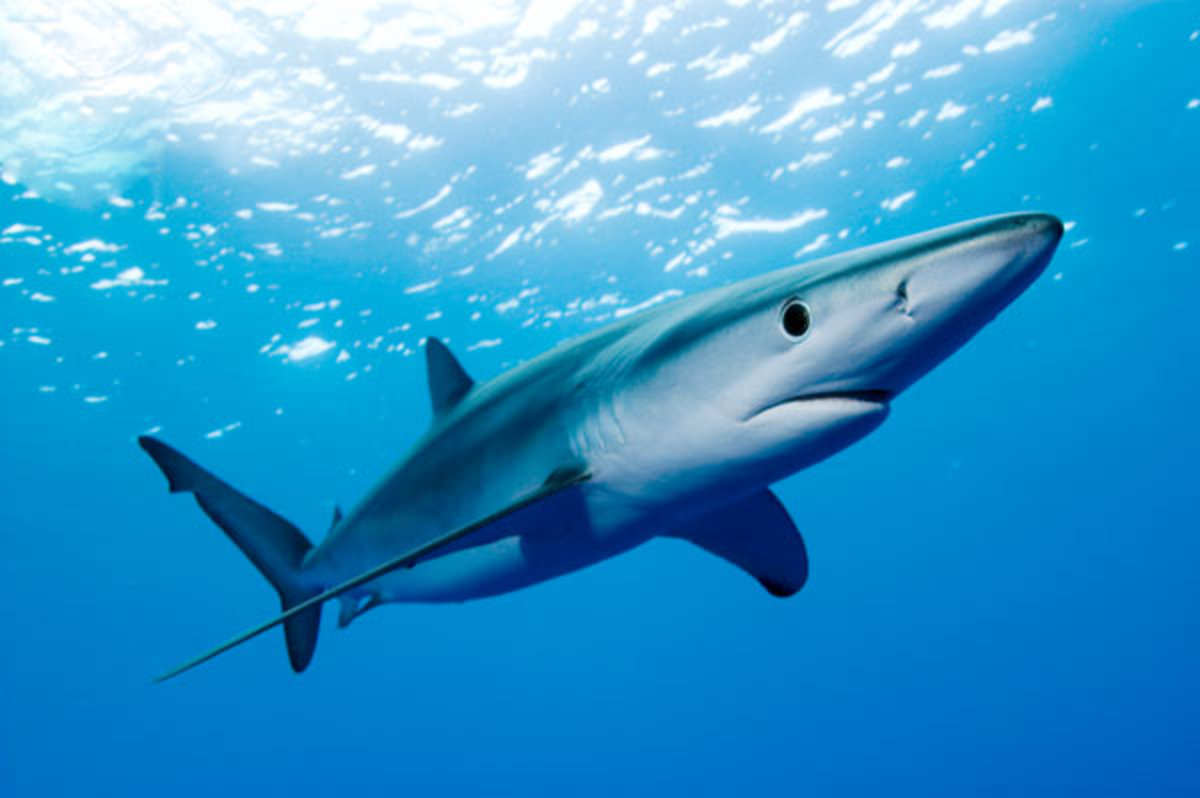- HubPages»
- Education and Science»
- Life Sciences»
- Marine Biology»
- Marine Life
Giant Squid
Genus Architeuthis

Giant Squid Description
One of the largest creatures you will ever find living in the water is the Giant Squid. In fact, they are known as the largest invertebrate out there. They can grow to be close to 43 feet long when you are talking about the females. For the males, they are generally about 33 feet in length. There are 8 different species of them that have been noted, and all of them have that unique feature of the females being larger than the males.
There is so much that we don’t really know about the Giant Squid. In fact, they are considered to be one of the forms of aquatic life that the most research still needs to be done about. Many people out there don’t even believe that they are real creatures, but merely a myth. Due to their size and some of the stories that have circulated in the past about them, this could be where the myths about sea monsters have come about throughout history.
- Facts about Squids
Squid Facts and Information. Feeding, habitat, distribution, reproduction, anatomy and more. Facts about Species like the Giant Squid, Colossal Squid, Vampire Squid and many others. - Dolphin Information - Dolphin Facts and Information
Interesting Information About Dolphins. Habitat, distribution, feeding, reproduction, social structure and more. - Manatee Facts
Manatee Facts and Information. Feeding, habitat, distribution, reproduction, anatomy and more. Facts about Species like the West Indian Manatee, Amazonian Manatee and others.
Giant Squid Anatomy
You might think such an enormous creature would have lots of parts to the body, but this one is an exception. The way in which their bodies are designed is simple enough but it also allows them the freedom to be able to freely move around in the water and to survive in areas of it where many other forms of aquatic life simply don’t go because they can’t survive.
The biggest portion of the body is the mantle. Attached to that are 8 arms that can extend for many feet. There are only two tentacles but they are a very important part of the overall body. They allow for the Giant Squid to be able to able to easily control its prey and that is necessary for it to be able to eat enough each day to survive.
The most fascinating feature to most people are the eyes of the Giant Squid. I am not exaggerating when I tell you that they are as big as a basketball. If you are curious, there are some amazing pictures of them online where you can take a look for yourself. In spite of their very large size, the body design of them allows them to move through the water very easily. They often do so at a slow but steady pace.
Giant Squid Evolution
How long has the Giant Squid been in those waters? Did they evolve from creatures that were once or land or smaller species in the water? Such questions are still out there as we simply don’t have the right information yet about their evolution process. It is believed that they have been able to successfully adapt to their environment for millions of years. Perhaps the additional arms were one way that they evolved for movement in the water?
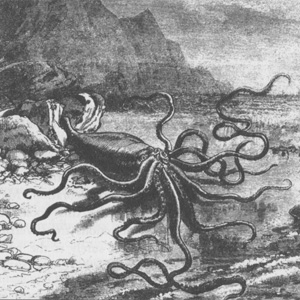
- Manta Ray Facts
Manta Ray Facts and Information. Feeding, habitat, distribution, reproduction, anatomy and more. Also, the conservation efforts made to preserve Manta Rays and how humans have interacted with Manta Rays. - Facts about Snails
Snail Facts and Information. Feeding, habitat, distribution, reproduction, anatomy and more. What do snails eat? How do snails reproduce? What is the Life Cycle of a Snail? And more. - Flamingo Facts
Flamingo Facts and Information. Feeding, habitat, distribution, reproduction, anatomy and more. Facts about Species like the Greater Flamingo, Lesser Flamingo, American Flamingo and others.
Giant Squid Behavior
Take everything you read about the Giant Squid with a grain of salt. That is because these creatures aren’t monsters out there looking for people to eat or boats to destroy. Those are myths that have been around for a very long time. They are very gentle in nature and tend to mind their own business. They aren’t under the boats turning them over but they have long been blamed for disasters and missing people in such bodies of water.
If you do happen to see one of them at some point there is no reason for alarm. There aren’t any documented cases of them attacking people. In fact, it is very rare that a person will see one with their own eyes so consider yourself very lucky if you are able to do so. What information we do have about them stems from following the sperm whale around though because they are predators.
This has allowed some insight at least regarding where these Giant Squid reside. However, we just can’t observe enough to put the pieces all in place yet. Hopefully one day in the future our technology is going to allow us to do so. We have already made some progress such at taking pictures just in the past decade or so of them in a nature setting.
They are believed to be solitary creatures from the moment they are born. They spread out to look for food and they aren’t territorial. They will go to where the food sources are and from time to time that brings them into contact with each other.
Giant Squid Habitat
Even though most people have never seen a Giant Squid, they are out there at the bottom of all the oceans. They like very cool water and the deeper that they are in it the cooler the temperature will become. They are found in Australia, New Zealand, and Japan. We really have no good concept of how many of them are in the water though. This is because it is so difficult to really observe them.
However, experts believe that their population is doing just fine. There doesn’t seem to be any concerns about their ability to survive. In fact, many people don’t even know they are out there. It is believed that the Giant Squid doesn’t cause problems for other ecosystems in the water either which is good news. They are often able to just be left alone in their natural environment.
Information about Squids
- Seahorse Facts and Information
Seahorse and Syngnathidae Family Facts and Information. Feeding, habitat, distribution, reproduction, anatomy and more. Facts about the Common Seahorse, the Pygmy Seahorse, the Leafy Sea Dragon, the Weedy Sea Dragon, the Pipefish among others and the - Sea Turtle Facts and Information
Facts and Information about Sea Turtles. Feeding, habitat, distribution, reproduction, anatomy and more. Facts about Species like the Green Sea Turtle, the Loggerhead Turtle, the Hawksbill Turtle, the Leatherback Turtle and many others. - Penguin Facts, Emperor Penguins, Adelie Penguins, King Penguins
Penguin Facts and Information. Feeding, habitat, distribution, reproduction, anatomy and more. Facts about Species like the Emperor Penguin, King Penguin, Humboldt Penguin and many others.
Giant Squid Feeding Habits
The main diet for the Giant Squid is various types of fish. They will consume large amounts of small and medium ones on a daily basis. As I mentioned, they move around to find the food that they need at the bottom of the ocean. Sometimes they will consume small squid too if they are struggling to get enough fish.
Most of the time though they are able to find more than enough fish to survive on in their natural environment. They are very good hunters and the fact that they blend into the surroundings with ease helps as well. Those powerful tentacles that I mentioned help them to be able to grip their food and to force the life out of it due to their tight squeezing power.
Giant Squid Reproduction
Since we don’t know very much about the Giant Squid there are also questions about how they reproduce. We don’t know if they can smell each other or if there is a type of migration that takes place for food and that is how they meet up. What is known is that the females will lay eggs after successfully mating.
She will leave those eggs at the bottom of the ocean. There is very little chance that they will be harmed there by the other organisms living there. The females will then leave the area. Once the eggs hatch the young Giant Squid will have to care for themselves. It isn’t known how large they are when they hatch or how strong they happen to be.
- Jellyfish - Animal Facts and Information
Jellyfish Facts, Jellyfish facts and information, Relevant information about Jellyfish, Medusozoa
Giant Squid Predators
For the most part the Giant Squid is quite safe in their unique environment. However, at times they do become a food source for the Sperm Whale. This is a large meal for one of them and they certainly aren’t going to allow that opportunity to be passed up. More of them are consumed when other sources of food for the Sperm Whale become scarce.
Due to the bad reputation the Giant Squid has some people hunt it to make the water safer for everyone. Others love the fact that they can hunt something that few others have been able to. However, that process is very complex and difficult to accomplish. In some areas they have been hunted as a source of food for villagers as well.

